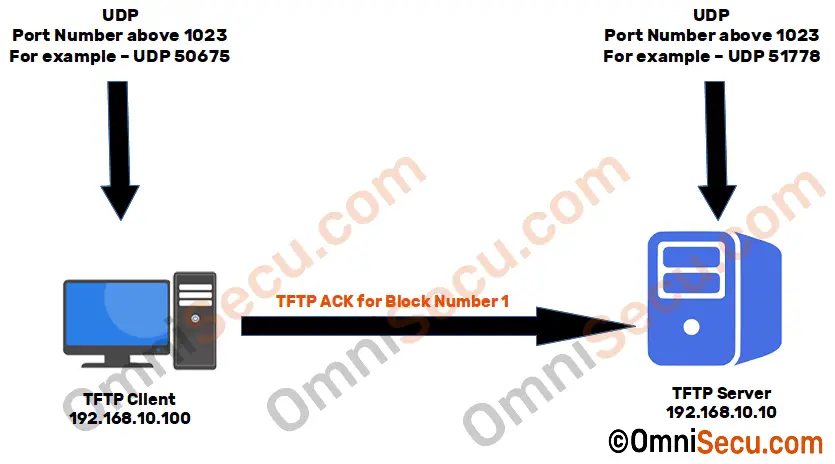
- #ARCH TFTP CLIENT HOW TO#
- #ARCH TFTP CLIENT INSTALL#
- #ARCH TFTP CLIENT SOFTWARE#
- #ARCH TFTP CLIENT CODE#
If there's no binary that runs on your system, please raise an issue. Download & Runĭownload the latest executable from the release page.

To address this, I implemented these features myself and integrated the package into a simple CLI. However, since it's just an example, it lacks proper security checks and validation.
#ARCH TFTP CLIENT CODE#
The example code snippet provided on the site is exactly what I was looking for. Howįortunately, there is a well-developed TFTP server/client implementation for Golang available at. in the Command Prompt window to start Windows PowerShell.
#ARCH TFTP CLIENT INSTALL#
It's frustrating that setting up a TFTP server is always such a hassle. Perform the following steps to install TFTP Client on a server running Windows Server Core.
#ARCH TFTP CLIENT SOFTWARE#
Community-based software is the first choice for Windows, and again, Google is the go-to source for finding the right software to download.
#ARCH TFTP CLIENT HOW TO#
Only the manpage and Google can provide guidance on how to do it properly.Īs for Windows, it doesn't come with a TFTP server by default, except for the server variants. Because the tftp protocol doesnt support user authentication, the user must be logged onto the remote computer, and the files must be writable on the remote computer. Installing tftpd via apt is an option, but it's configured for inetd by default and requires some additional configuration. Transfers the file source on the local computer to the file destination on the remote computer. Linux distros, on the other hand, usually don't have a built-in TFTP server. The process is tricky, and I always Google for guidance. While macOS has an out-of-the-box TFTP server, it requires running launchctl to invoke the hidden server. To do this, a temporary TFTP server or client is necessary, but I have always struggled with setting up a TFTP server. I enjoy installing OpenWrt onto routers, but one of the main challenges is transferring it to the bootloader via TFTP. Im using Arch Linux with the Gnome desktop, on a Lenovo Yoga 2.

~$ sudo mkdir -p /tftpboot/19-4b-90-de-1c-b6Īnd put the boot files you want for the specific device (mac address) into its subdirectory.$ chmod +x tftp-now-darwin-arm64 # example for macOS Then create the directories: ~$ sudo mkdir -p /tftpboot/19-4b-90-da-1c-c3 A 'Windows Features' menu should appear - scroll until you see the 'TFTP Client' option, then select it and hit Ok or Apply. There should be an option to 'Turn Windows features on or off', select this. TFTP server and client using the apt command This section will use apt. In the window that opens, select the 'Programs' option. Ubuntu sudo apt install tftp Debian sudo apt-get install tftp Arch Linux sudo. The snippet in /etc/nf then looks like this (example): enable-tftp Click the Start Menu, then Control Panel. When "=mac" is specified it will append the MAC address instead, using lowercase zero padded digits separated by dashes, e.g.: 01-02-03-04-aa-bb Note that resolving MAC addresses is only possible if the client is in the local network or obtained a DHCP lease from us. For instance, if tftp-root is "/tftp" and client 1.2.3.4 requests file "myfile" then the effective path will be "/tftp/1.2.3.4/myfile" if /tftp/1.2.3.4 exists or /tftp/myfile otherwise. Defaults to adding IP address (in standard dotted-quad format). Only valid if a tftp-root is set and the directory exists.

There is an option:Īdd the IP or hardware address of the TFTP client as a path component on the end of the TFTP-root. I was also looking for this and have found the solution in man dnsmasq.


 0 kommentar(er)
0 kommentar(er)
